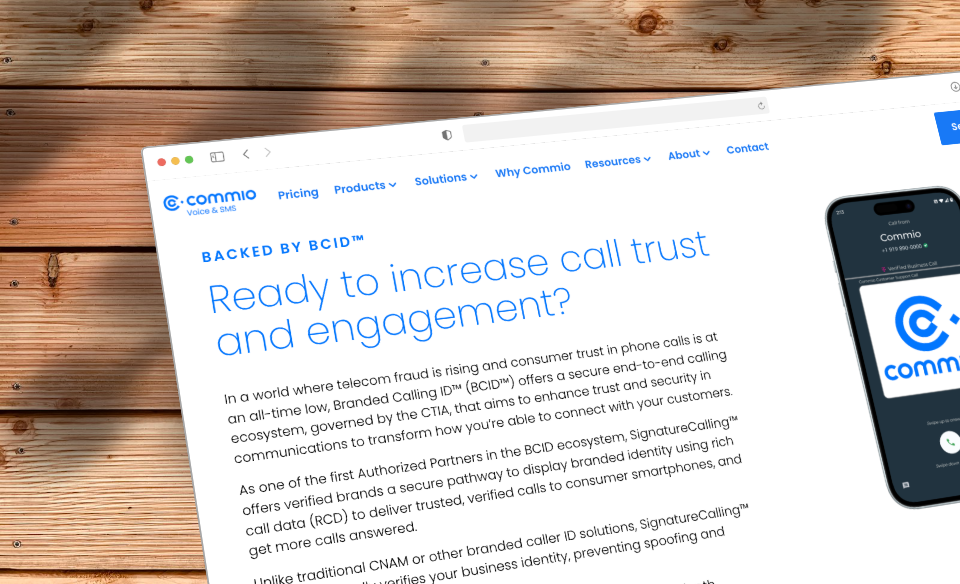When many people think of telephony, they think of simple telephones: land lines, sometimes with private branch exchange systems or other features that have long been central to business.
But computer telephony integration (CTI) – integrating telephonic systems with computer equipment and analytics – can represent a quantum leap in what business telephony can do. Here are five ways in which CTI benefits companies:
Supercharged call routing.
As a point of contact between businesses and customers, a telephone number serves a wide demographic: new clients looking to learn more, existing clients looking to contact sales reps or have questions answered, other businesses looking to pitch products or services, and news services and other media seeking comment, etc. Combining call routing with a system that can analyze caller identity, caller history, call center agent availability, agent expertise and specialization, and whatever other key factors a business identifies can vastly improve telephone interactions.
Augmented caller identification for customers with accounts.
Businesses that handle sensitive information such as account details over the phone need to validate caller identity – but if a caller needs to speak to a number of different representatives, they may find themselves in a tedious loop of needing to authenticate with each new person. CTI can mitigate that annoyance as well as reduce the opportunity for authentication error by allowing callers to authenticate once and carrying that authentication through a call session.
Multiple device support.
Not everyone spends their day at a desk with a phone. Many people rely on mobile devices for their communication needs, and integrating telephony services with a computer framework can allow for context-sensitive call forwarding.
Collaboration.
Integrated telephony systems can be managed to support collaborative functions, from conference calls to whisper coaching. This not only supplants some traditional telephone functions, but also adds value in employee knowledge and readiness. For example, with a warm transfer system, an agent can speak to a more experienced agent and inform them of issues and details which have already been discussed with an incoming caller, so that when the caller is transferred to the more expert agent, they receive a warmer, more personable, and more tailored reception.
Customizable, responsive dashboards.
This may be the most powerful feature of CTI: the ability to make a great deal of information available to an agent when a call is connected. Integrated dashboards can offer up information such as the caller’s location, preferred language, purchase history, previous communications with the company, and more – whatever the business needs to track. This helps companies honor the ongoing relationship between the caller and the company itself.
Computer telephony integration is an exceptionally powerful and many-featured tool for businesses, and in most cases is well worth the investment. A proper integration strategy should identify which aspects of CTI are most likely to address and improve a business’s key metrics. To learn more about CTI, contact us today.
















